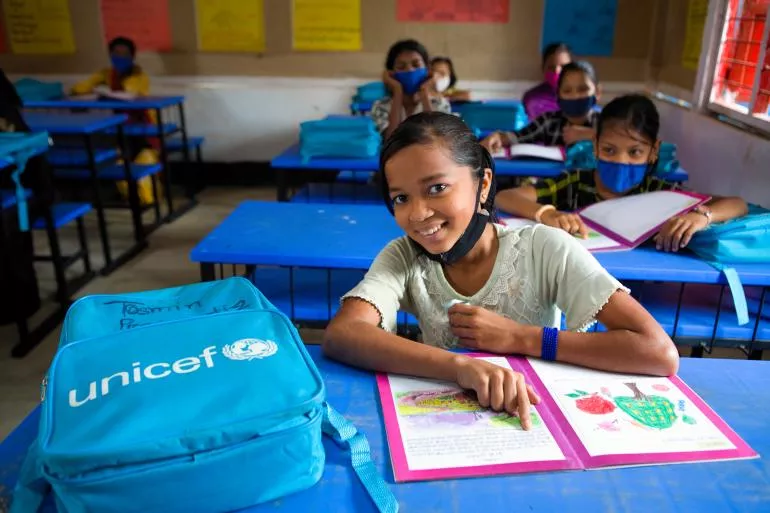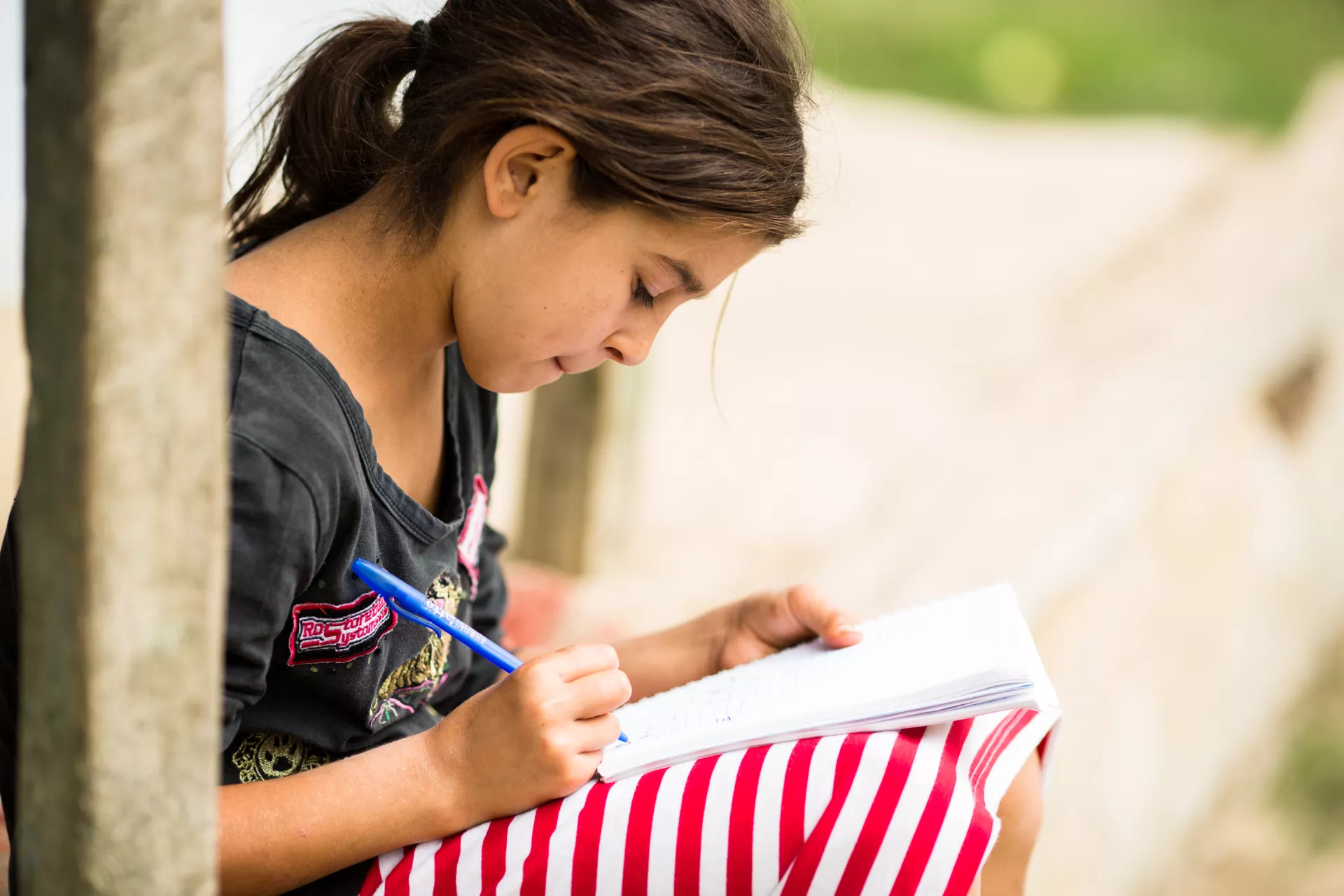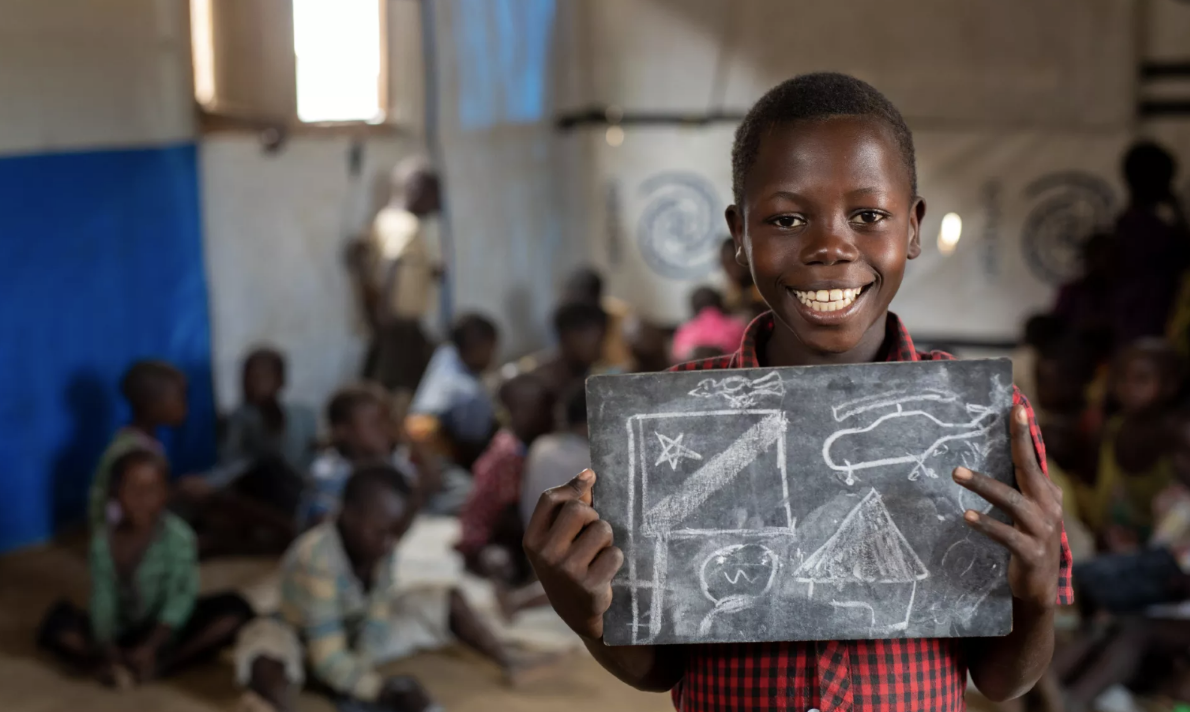Syria's Lost Generation: 14 Years of Conflict and Crisis
A generation born into war, fighting for survival and hope
More than 14 years of conflict in Syria have left the nation in one of the worst humanitarian crises in human history, in which the nation's future generations bear the heaviest burdens. As of April 2025, an estimated 16.7 million people out of the country's 23.6 million inhabitants (more than 70%) are in need of urgent care, nearly half of which are children facing hunger, displacement and a harsh future. 90% of Syrians live below the poverty line, an astronomical rise from 10% pre-war.
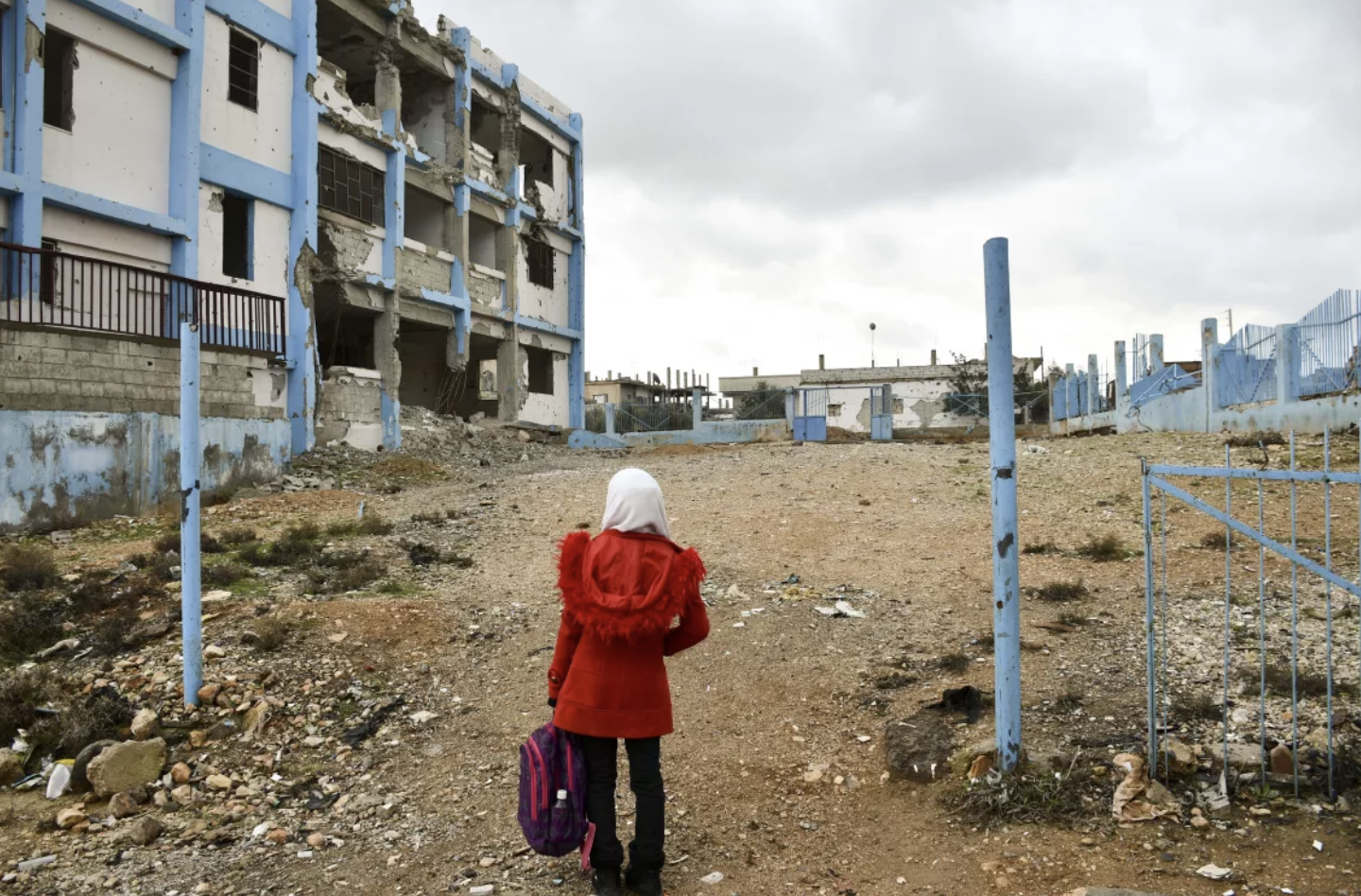
The Human Cost
7.2 million people are currently internally displaced in Syria, the highest the figure had been since the start of the crisis in March 2011. With escalation of the conflict in the latter half of 2024, 1 million more people, mostly consisting of women and children, were displaced from Syria. Over ¾ of the children in Syria were born during the civil war. According to the UN, over 13,000 children have been killed or injured since 2011, with 7 million needing urgent humanitarian aid.
"After the incident, I lost any interest to leave the house and go to school. I was afraid of getting injured again at any point." – Aya, 14
Education Crisis
Critical Education Statistics
- 2.4 million children out of school
- 1 million more at risk of dropping out
- 40% of schools closed or damaged
- 385+ attacks on educational facilities
2.4 million children, which is more than a third of school-age children in the country, currently do not attend school. 1 million more children are at risk of dropping out due to poverty, lack of facilities, and displacement. 40% of Syria's schools are closed, with many either repurposed as shelters for displaced inhabitants or heavily damaged. More than 385 attacks have taken place on educational facilities and more than 50 schools have been used for the military since 2011.
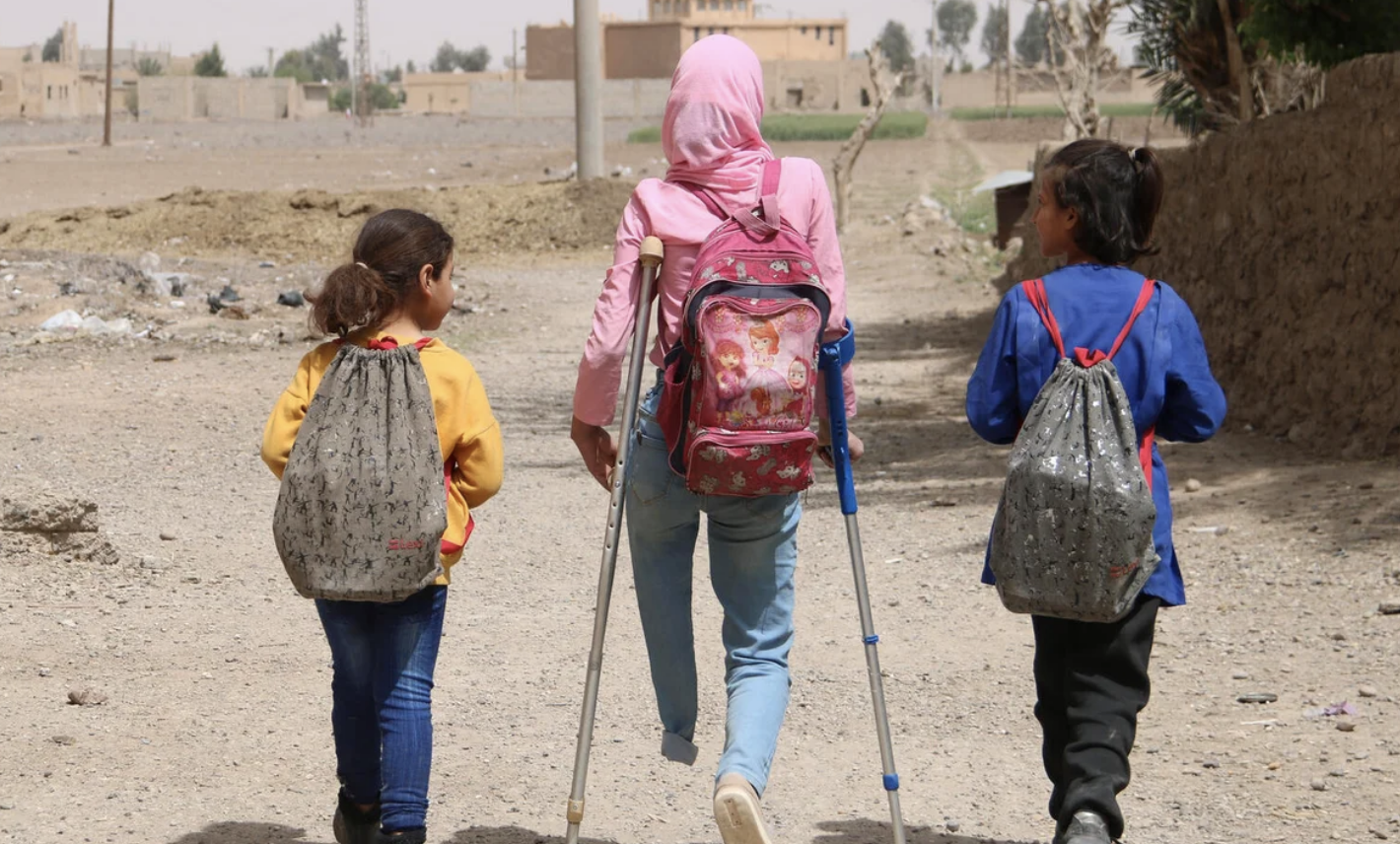
Healthcare Crisis
40% of Syrian schools are currently non-functional, limiting access to healthcare for children, and 12% of children under the age of 5 that were screened (in 2022) had acute malnutrition, with rates even higher in conflict zones. Further complications from the two earthquakes on 6th February 2023, mainly affecting Türkiye and north-western Syria only contributed to higher rates of malnutrition and even more casualties and injuries.
In 2024, UNICEF vaccinated millions of children against diseases such as measles and polio, yet many more remain vulnerable to them, and require urgent medical and healthcare attention that have not been able to be provided.
Food Insecurity
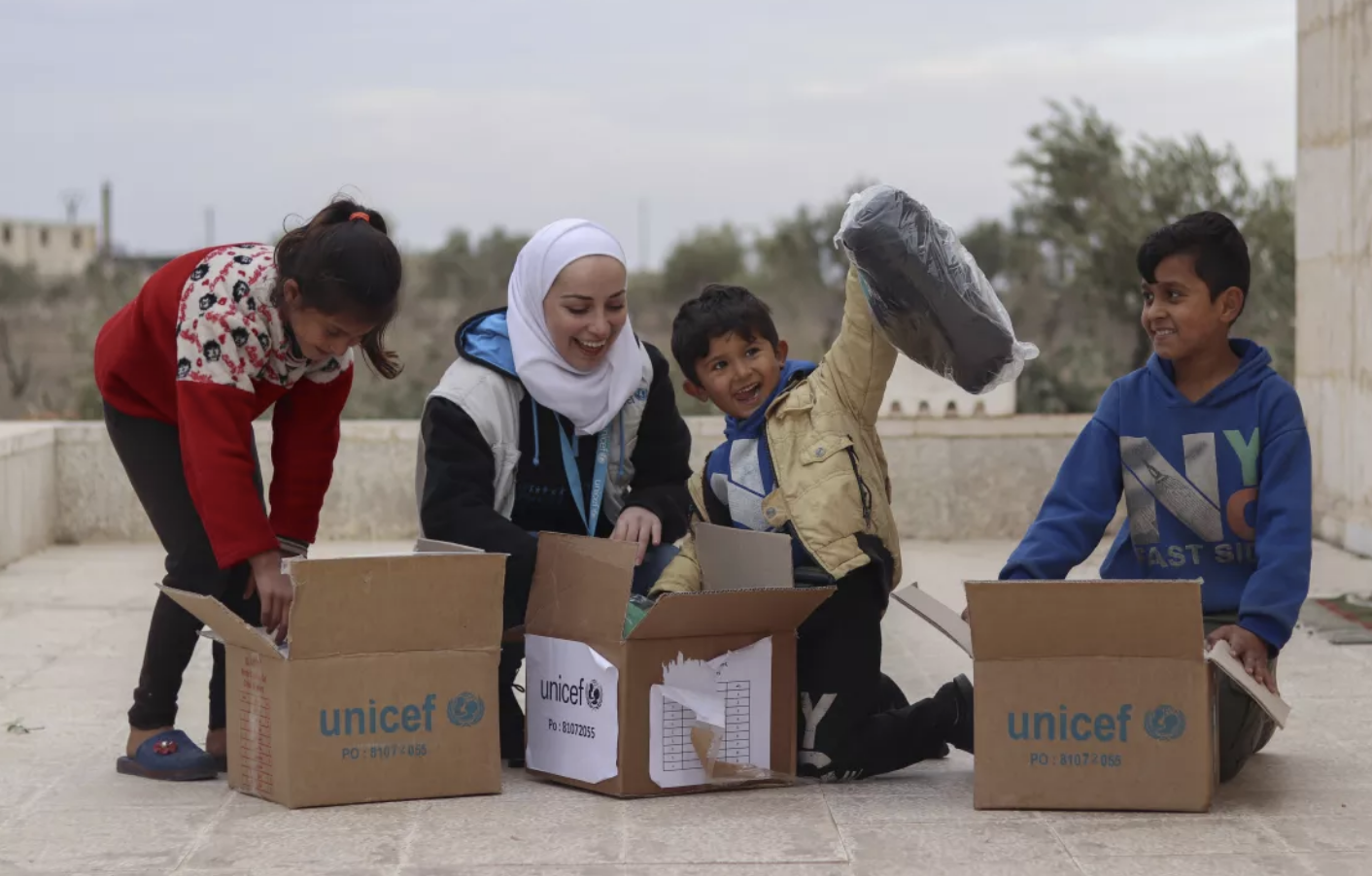
Other Risks
6 million children need protection from risks such as child labour and child marriage, while in terms of physical risks, around 5 million children are in danger from more than 300,000 pieces of unexploded artillery. In 2023, around 83% children had experienced at least one incident with conflict — that's five children out of every six.
Solutions
Education
Scale up UNICEF's model of mobile classrooms and temporary learning centres, which supported 2.6 million children in formal education in 2024. These can be used in displacement camps and rural areas, equipping them with solar-powered tech for sustainability.
Nutrition
Introduce micronutrient powders and fortified staples (e.g., flour, milk) to 5 million households, just like Ethiopia's nutrition programs to combat malnutrition and stunting, targeting the 2 million at-risk children.
Displacement
Upgrade displacement camps with water, sanitation (only 23% operational during outages), and schools, building on UNICEF's 3.9 million water access in 2024.
Healthcare
Reconstruct or repair 500 damaged health facilities over five years, prioritising rural and conflict-affected areas like northwest Syria, where 83% of children face conflict incidents.
How You Can Help
UNICEF requires an estimated $488.3 million to help the 16.7 million people in need of urgent aid. You can join in by donating money, joining local UNICEF communities and taking part in fundraisers.
Save Syria's children — act now before a generation is lost.
